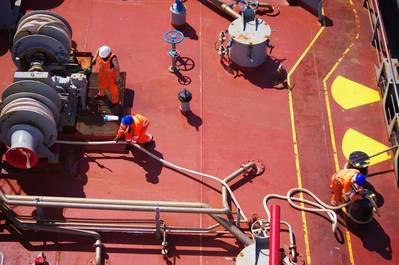Minimum Safe Manning Levels Questioned
The confidential and impartial incident and near-miss reporting scheme CHIRP Maritime has released its analysis of maritime reports received between April 2022 and March 2023.
A key outcome of the analysis of reported incidents was the identification of inadequate leadership and supervision as a contributing factor. Adam Parnell, Director Maritime, said: “This analysis identifies the key causal factors of safety incidents reported to CHIRP Maritime over the past year. These include inadequate leadership or supervision, issues with visual detection, inadequate risk assessment, and the need for proactive safety risk management.
“The key findings echo concerns previously expressed by CHIRP, i.e. that companies should allocate more time and resources – especially experienced personnel – to permit the safe preparation and execution of maritime activities. In particular, the findings raise questions about the alignment of current minimum Safe Manning levels with the tempo of maritime operations, particularly on short sea shipping routes.”
CHRIP’s analysis revealed 88 different factors that contributed to safety incidents or near misses, with an average of five identified factors per incident. The most frequency factors were assessed as:
• “Inadequate leadership or supervision” occurred in 35% of all reported incidents. This suggests either lack of availability of operational leaders or lack of competency.
• “No/wrong/late visual detection” also occurred in 35% of reported incidents and are often the result of high workloads, distraction or inattention.
• “Inadequate risk assessment” was present in 32% of all incidents. Common causes for this are inadequate hazard identification (an issue of experience), or lack of time to adequately assess and address the identified risks.
• “Proactive safety risk management” is like the above, but at the organizational level. It highlights the need for improved implementation of hazard identification and risk management practices. This was a factor in 31% of reports.
• “Reactive safety management assurance” occurs when risk assurance measures lack effectiveness in identifying and rectifying safety shortcomings. This was present in 23% of all reports.
The most common vessel types mentioned in received reports were bulk carrier (16%), container vessels (14%), tankers (13%) and superyachts (11%).











